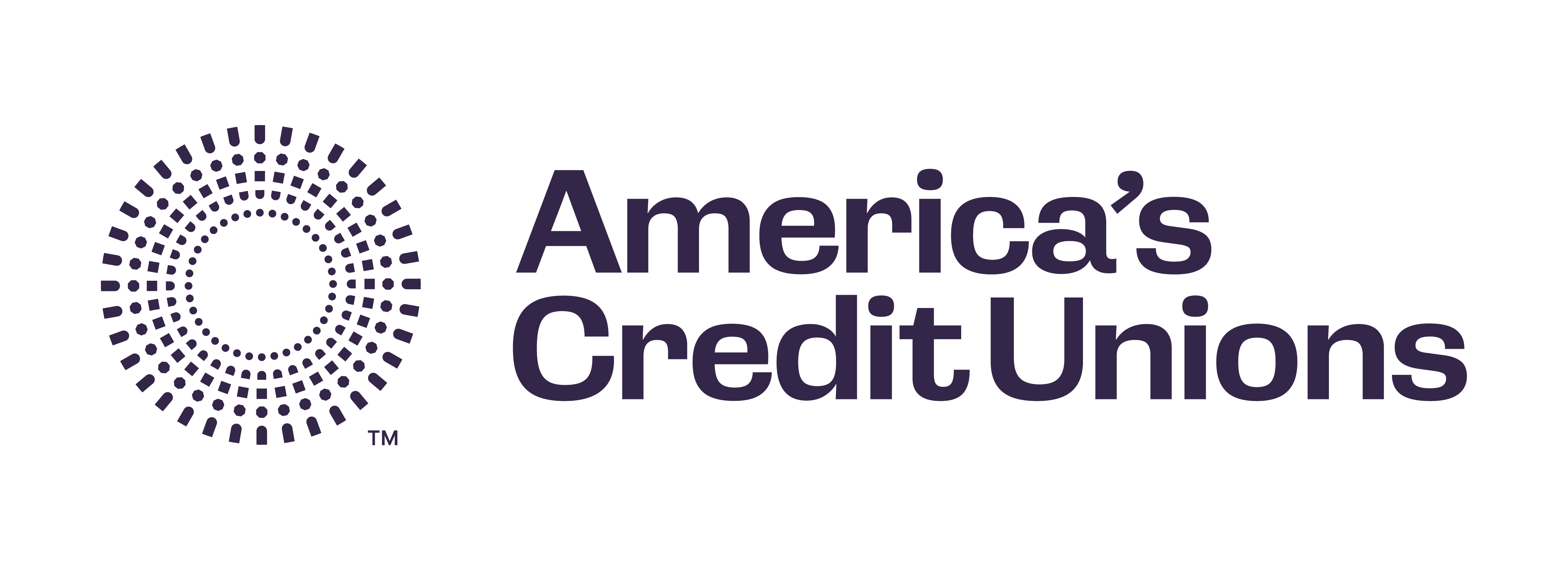Newsroom
Consumer credit rises $7.2B in May

Total consumer credit grew 1.8 percent in May at a seasonally-adjusted, annualized rate and is up 12.9 percent compared to a year ago. NAFCU Chief Economist and Vice President of Research Curt Long noted the $7.2 billion increase is “the smallest increase in the last 18 months.” In addition, while revolving credit – primarily credit cards – rose 8.2 percent, it decelerated from 13.8 percent growth in April. Non-revolving credit – primarily auto and education loans – fell 0.4 percent in May and is up 4.1 percent from a year ago.
“In terms of lenders, the decline in non-revolving loans was heavily concentrated in the federal government, which mostly reflects student loans,” Long added in the latest Macro Data Flash report. “The slowing of debt accumulation is a welcome sign as it forestalls concerns over household debt levels.”
Total consumer credit for credit unions grew 0.1 percent in May. Banks experienced 1 percent growth, and finance companies saw a gain of 0.6 percent. From a year prior, total consumer credit at credit unions rose 13.5 percent, while banks experienced an 8.6 percent gain and financial companies grew 2 percent.
Over the past 12 months, credit unions’ share of the market rose 0.9 percent to 13.5 percent. Banks’ share rose 0.9 percent, and finance companies’ share fell 0.5 percent.
“Wage growth remains solid and should accommodate modest growth in consumer debt over the rest of 2023. NAFCU will continue to keep our members informed on economic changes as new data becomes available,” concluded Long.
For more up-to-date economic insights from NAFCU's award-winning research team, view NAFCU's Macro Data Flash reports.
Share This
Related Resources
Add to Calendar 2024-06-26 14:00:00 2024-06-26 14:00:00 Gallagher Executive Compensation and Benefits Survey About the Webinar The webinar will share trends in executive pay increases, annual bonuses, and nonqualified benefit plans. Learn how to use the data charts as well as make this data actionable in order to improve your retention strategy. You’ll hear directly from the survey project manager on how to maximize the data points to gain a competitive edge in the market. Key findings on: Total compensation by asset size Nonqualified benefit plans Bonus targets and metrics Prerequisites Demographics Board expenses Watch On-Demand Web NAFCU digital@nafcu.org America/New_York public
Gallagher Executive Compensation and Benefits Survey
preferred partner
Gallagher
Webinar
Add to Calendar 2024-06-21 09:00:00 2024-06-21 09:00:00 The Evolving Role of the CISO in Credit Unions Listen On: Key Takeaways: [01:30] Being able to properly implement risk management decisions, especially in the cyber age we live in, is incredibly important so CISOs have a lot of challenges here. [02:27] Having a leader who can really communicate cyber risks and understand how ready that institution is to deal with cyber events is incredibly important. [05:36] We need to be talking about risk openly. We need to be documenting and really understanding what remediating risk looks like and how you do that strategically. [16:38] Governance, risk, compliance, and adherence to regulatory controls are all being looked at much more closely. You are also seeing other technology that is coming into the fold directly responsible for helping CISOs navigate those waters. [18:28] The reaction from the governing bodies is directly related to the needs of the position. They’re trying to help make sure that we are positioned in a way that gets us the most possibility of success, maturing our postures and protecting the institutions. Web NAFCU digital@nafcu.org America/New_York public
The Evolving Role of the CISO in Credit Unions
preferred partner
DefenseStorm
Podcast
AI in Action: Redefining Disaster Preparedness and Financial Security
Strategy
preferred partner
Allied Solutions
Blog Post
Get daily updates.
Subscribe to NAFCU today.
